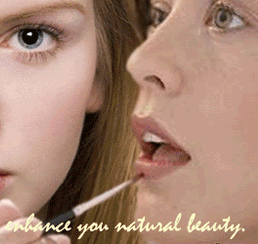


   |
|
Home :: Lentigines Lentigines - Causes, Symptoms And Treament For The Removal of Lentigines SolarAlternative name :: Leopard syndrome, Lentigines Solar and lentigines multiple syndrome What is Lentigines ?Lentigines are black spots that appear on the body unrelated to sun exposure. Importantly these need to be differentiated from moles becoming skin cancer. They are seen in children and in fair skinned people especially those with red hair who have an inherited predisposition for them. On the face and other areas exposed to the sun they are an inherited characteristic. These small brown marks are most often seen in fair skinned people, especially those with red hair. Known as ephilides, the colour is due to pigment accumulating in the skin cells (keratinocytes). Although most frequently called liver spots , they are unrelated to the liver or liver function. They are also called age spots. Causes of LentiginesLentigines is inherited as an autosomal dominant trait. Affected people have large numbers of lentigines (freckle-like lesions present from birth and somewhat darker than true freckles) as the most obvious sign. These are located mostly on the trunk and neck. Affected people also have wide-set eyes (hypertelorism), prominent ears, nerve deafness (partial), and cafe-au-lait spots (light brown birthmarks). Additional findings include mild pulmonic stenosis and changes in the ECG . Affected people may have abnormal genitalia ( cryptorchidism ), hypogonadism , or delayed puberty. Symptoms of LentiginesThe lesions tend to increase in number with age, making them common among the middle age and older population. They can vary in size from 0.2 to 2 cm. These flat lesions usually have discrete borders, are dark in color, and have an irregular shape. Some of the common symptoms for Lentigines are :-
Treatment for LentiginesLentigines are usually benign therefore treatment is not necessary. For cosmetic purposes, some successful treatments include: cryotherapy, hydroquinone preparations (bleaching preparations), retinoids, chemical peels or lasers. Some of the common treatment for Lentigines includes :-
Prevention for Lentigines (Lentigines Solar)
|
|
|
|
Cosmetics Home || Beauty Articles || Gynaecological Problems || Contact Us || Body Tattoos || Stretch Marks|| Celebrities || Plastic Surgery || HGH || Resveratrol Reviews ||
(c)Copyright Bestincosmetics.com All rights reserved.